Food
The Daily Grind: 15 Coffee Traditions Across The Globe
introThe world over, pouring a morning cup of joe is a nearly universal way to start the day – but almost every cup is different. From frothy concoctions to spiced java, itty-bitty espressos and even coffee topped with egg foam, if you want to mix up your regular brew, get inspired by what coffee looks like in different parts of the world.
0/15
Food
The Daily Grind: 15 Coffee Traditions Across The Globe.
ollaCafé De Olla – Literally translating to “pot coffee” because it used to be made in large clay pots, café de olla is a much-enjoyed sweet coffee beverage in Mexico. It’s made with ground coffee beans, piloncillo (a type of raw cane sugar whose flavour comes close to molasses) and cinnamon sticks, and is served in clay mugs that are said to enhance the flavour. Sometimes, in addition to cinnamon, it gets a touch of orange peel, star anise or chocolate. The sweet perk was allegedly developed by female soldiers during the Mexican Revolution to give troops a much-needed energy boost.
1/15
Food
The Daily Grind: 15 Coffee Traditions Across The Globe.
CafecitoCafecito – Over in Cuba, locals take their coffee strong, but always sweet. The secret is a nice foamy crema on top made with the first (and strongest) droplets coming out of the moka pot, whipped vigorously with some sugar (called azuquita).
2/15
Food
The Daily Grind: 15 Coffee Traditions Across The Globe.
affogatoCaffè Affogato – While in Italy, you can indulge in amazing espresso-based drinks until you get the jitters, but try an affogato for a real treat. Italian for “drowned”, it’s a scoop of gelato in a shot of espresso, usually a more neutral flavour such as vanilla or fiordilatte (a pure, ‘milky’ flavour). Often dressed with a crisp biscotto, it makes for lovely dunking.
3/15
Food
The Daily Grind: 15 Coffee Traditions Across The Globe.
cafe au laitCafé Au Lait – One to sip during extended conversations, the French café au lait takes a while to finish (plus, it’s usually served piping hot as opposed to its Italian latte cousin). Equal parts strong coffee and steamed milk, it gives a good kick while remaining nicely soothing.
4/15
Food
The Daily Grind: 15 Coffee Traditions Across The Globe.
YuanyangYuanyang – Coffee wakes you right up, but can be strong on the stomach, while milky tea tastes good, but might not provide enough of a boost. In Hong Kong, the answer to that conundrum is yuanyang, the best of both worlds. It calls for equal parts Hong Kong-style tea (strongly brewed black tea with condensed milk or evaporated milk added) and black coffee. The name itself refers to mandarin ducks, birds that appear in pairs (and are a symbol of conjugal love in Chinese culture). Malaysians call this drink kopi cham.
5/15
Food
The Daily Grind: 15 Coffee Traditions Across The Globe.
Flat WhiteFlat White – Italians have their cappuccinos, Australians are fond of their flat whites. There’s not a world of difference between the two, except for the fact that flat whites often contain two shots of espresso rather than one, and are served in smaller cups than cappuccinos. Finely frothed milk makes a prominent appearance in both, but the flat white exudes a stronger coffee flavour. First showing up in Sydney in the middle of the 1980s, it’s now a fixed coffee choice across the world.
6/15
Food
The Daily Grind: 15 Coffee Traditions Across The Globe.
trungCà Phê Trung – With wartime in Vietnam came food shortages, forcing people to get creative with their morning kickstarter. In lieu of milk, a particularly innovative bartender in Hanoi came up with a foamy sweet egg yolk topping for coffee. More custardy than eggy, Vietnamese egg coffee is still a common beverage at coffee houses. The original recipe at the famous Giang Café contains robusta coffee, condensed milk and (maybe) cheese – the exact ingredients remain a secret.
7/15
Food
The Daily Grind: 15 Coffee Traditions Across The Globe.
frappeFrappé – Drink your frappé (an iced coffee made with instant coffee, water, sugar and milk) the way the Greeks do: unhurried. It’s powerful stuff! A mainstay of Greek café culture, frappé is for hours of chatting and sipping. It is thought that it came out of an experiment of a Nescafé representative in the 1950s. Oft-maligned instant coffee is actually perfect in this case because it hardly contains any oil, resulting in the characteristic thick foam layer when frothed.
8/15
Food
The Daily Grind: 15 Coffee Traditions Across The Globe.
bunaBuna – In the cradle of coffee, Ethiopia, people obviously enjoy their daily roast: quite literally. Here, roasting and grinding happens at home, resulting in a fresher, more local cup than virtually anywhere else. There’s a ritual attached to it, too, which, if you’re lucky enough to witness, will give you a totally new appreciation for drinking coffee, always together. Sometimes a little clarified butter is added for extra flavour and sustained energy – the original Bulletproof coffee.
9/15
Food
The Daily Grind: 15 Coffee Traditions Across The Globe.
eggScandinavian Egg Coffee – Again, a method rather than a drink, this preparation originated in Scandinavian countries to improve the taste of mediocre coffee. It has become rather obscure there these days, though Nordic immigrants to the US, especially in the Midwest, are still known to use it. An egg plus its shell is mixed with coffee grounds before being added to boiling water. The idea behind it is that egg whites bind with impurities in the coffee, lending the coffee a smooth, non-bitter flavour and an amber colour.
10/15
Food
The Daily Grind: 15 Coffee Traditions Across The Globe.
KaffeostKaffeost – Fresh cheese dunked in your coffee? Yep, this is very much a thing in Finland and northern Sweden. Strong black coffee is poured over chunks of juustoleipä (baked cheese) to give the coffee a bit of extra oiliness while nicely warming up the cheese before you eat it. Perfect for staying toasty and energetic on a long autumn hike.
11/15
Food
The Daily Grind: 15 Coffee Traditions Across The Globe.
KaapiKaapi – In South India, people enjoy the local roast in the form of strong, milky-sweet filter coffee (not a drip coffee, but rather made in a metal filter device). Traditionally served in a small steel tumbler and saucer set called a dabara, you can pour the liquid over from one into the other, to quickly achieve the right drinking temperature for your frothy coffee.
12/15
Food
The Daily Grind: 15 Coffee Traditions Across The Globe.
mazagranMazagran – Records of the first iced coffee date back to 1840s Algeria when French Foreign Legion soldiers sipped on a beverage made with coffee syrup and cold water, to beat the heat. The Portuguese added lemon juice and sugar to the beverage – initially to cover up the taste of inferior beans, but it grew into a beloved summer refresher with a kick.
13/15
Food
The Daily Grind: 15 Coffee Traditions Across The Globe.
turkishTürk Kahvesi – Traditional Turkish coffee is potent stuff: ground coffee beans are simmered together with the water in a cezve, a copper or brass pot. The grounds don’t really get filtered out, but settle at the bottom. The cezve gets stirred around in heated sand, which helps distribute the heat evenly and make the coffee foam up.
14/15
Food
The Daily Grind: 15 Coffee Traditions Across The Globe.
QawhahQawhah – In Arabic countries, coffee gets spiced up, literally, with a whole host of spices: always with cardamom and cloves, sometimes with a pinch of saffron, cinnamon or rosewater as well. Coffee grounds boil for a long time with the spices, then are strained into a dallah (Arabic coffee pot) for serving.
15/15


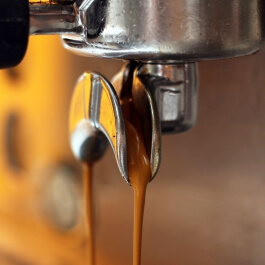
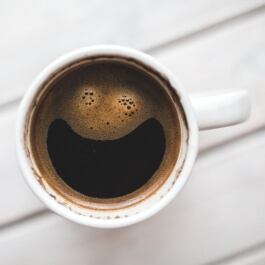
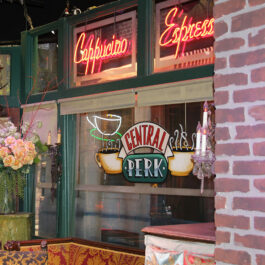
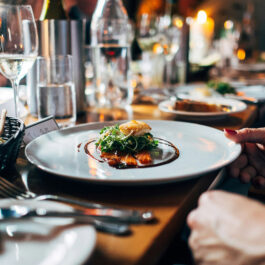
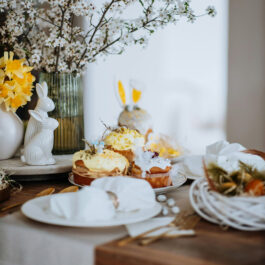
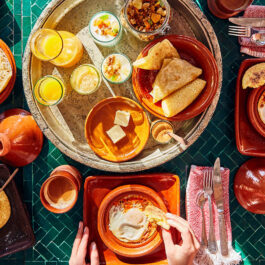
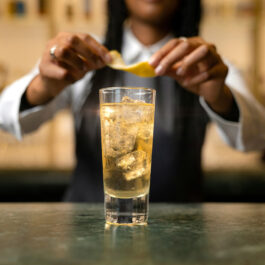

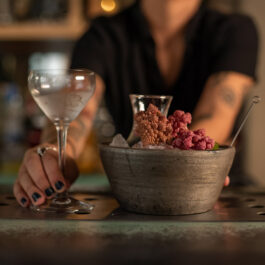
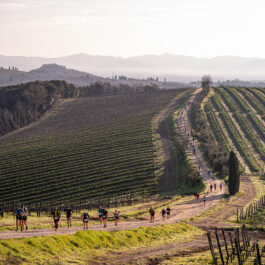
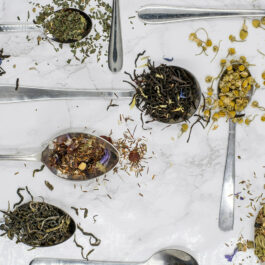
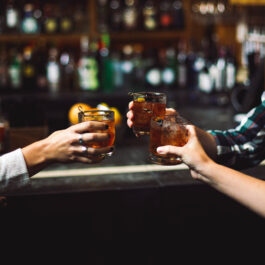
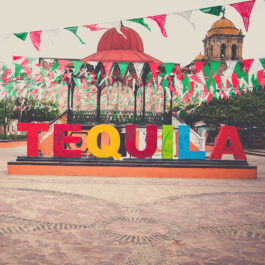
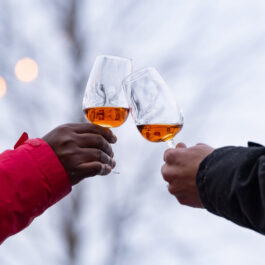
Sorry, the comment form is closed at this time.